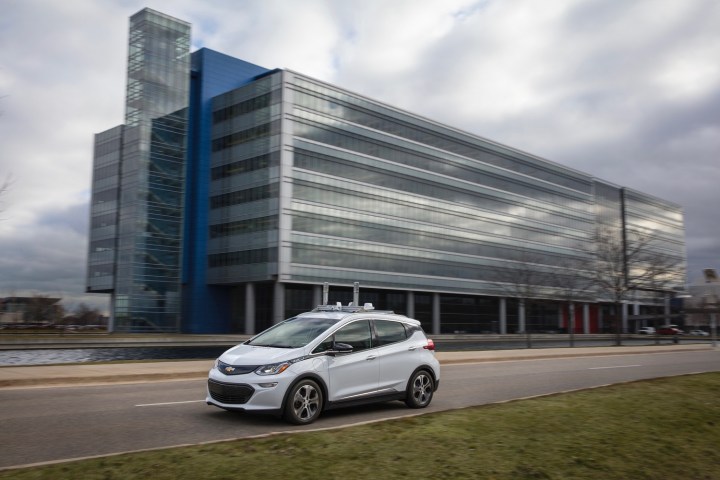
The first production self-driving cars are expected to be used in ridesharing services, similar to Uber and Lyft. But they could do more than shuttle commuters to and from work, or carry drunk revelers home from parties. They could also give disabled people more mobility, the chief engineer for autonomous vehicles (AVs) at General Motors believes.
“When you look at the possibilities for AVs, this is an area that we’re getting in early on,” Kristy Rasbach told Digital Trends in a phone interview from the Disability:IN conference in Chicago. “This is part of our engagement to understand the unique needs of the disability community. We’re really here on a journey, we’re just starting out. Now is the time to learn as much as we can, so as we grow the technology, we take into account the disability community’s needs.”
Access to transportation is a major issue for disabled people, many of whom cannot drive. Even people who live in areas with robust public transportation systems may find using them difficult. Uber and Lyft have a spotty record when it comes to accommodating disabled people, although both companies have made efforts to improve service for disabled passengers.
While GM currently tests prototype self-driving cars on public roads, it’s just beginning to consider disabled access, noted Rasbach, a GM lifer who is also the daughter of an amputee. The automaker is trying to get more information on the needs of disabled people before it makes any decisions that may affect the design of cars, or how they’re deployed.
“We’re coming from a place of learning here. We’re not experts,” Rasbach said.
When asked what a future self-driving car designed to better accommodate disabled people might look like, Rasbach pointed to an image previously released by GM of a car with no steering wheel or pedals. Autonomous driving will allow for more possibilities in car interior design, because there will be no need to focus on the driver, Rasbach said. She noted that GM’s Cruise division has conducted “ride-alongs” with visually impaired passengers to better understand their needs.
Some companies have launched pilot ridesharing or delivery services using prototype self-driving cars, but it’s unclear when the technology will really go mainstream. The first production GM self-driving cars will be deployed through Cruise in ridesharing service. Cruise recently announced that it is backing off plans to launch this service by the end of 2019. For her part, Rasbach is happy to wait until autonomous-driving tech is truly ready.
“We’re going to deploy that technology when we can do so safely.”

